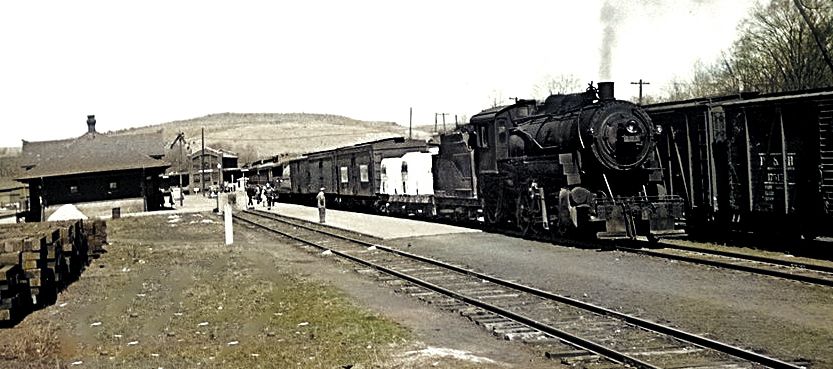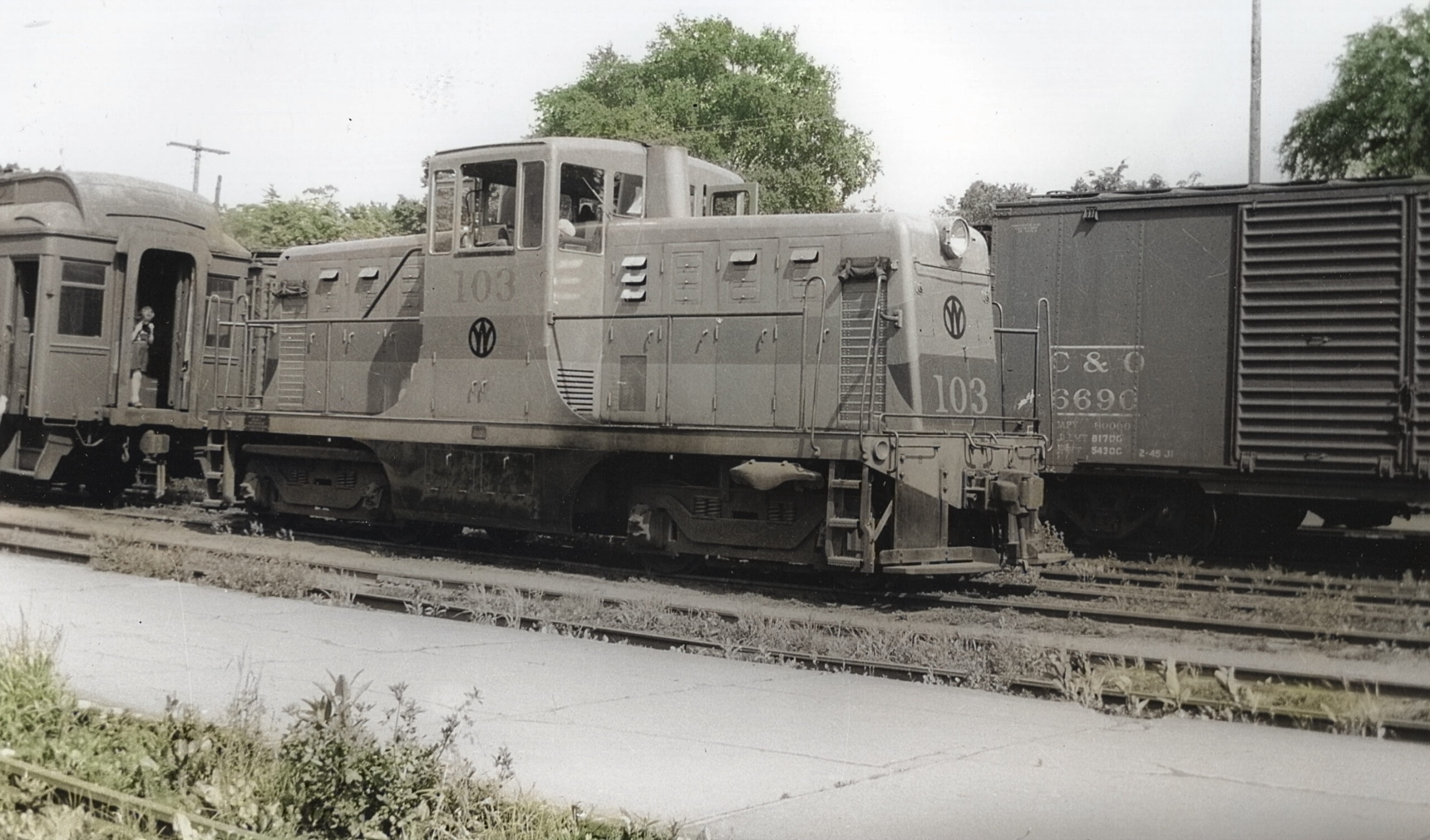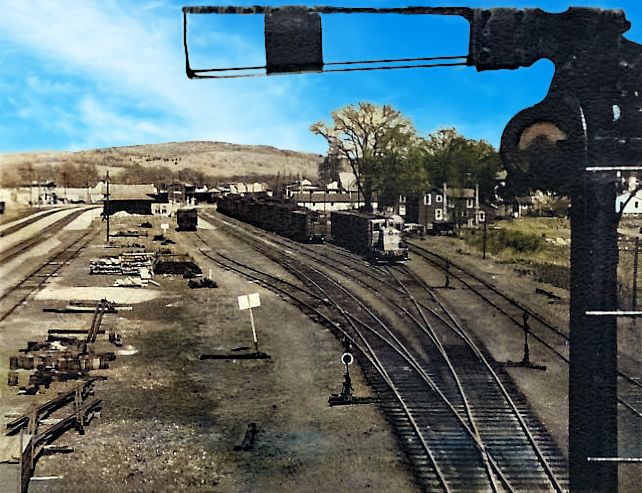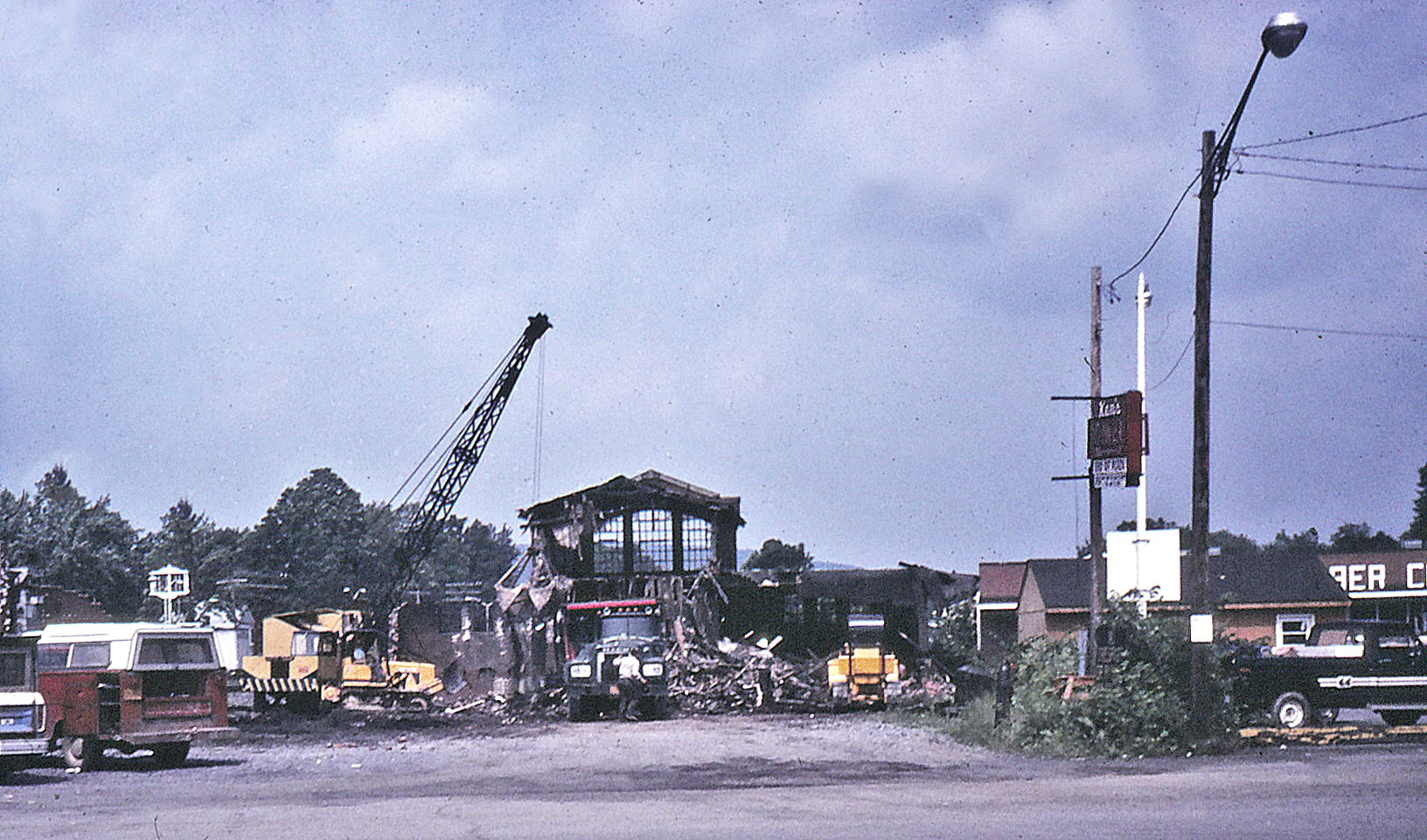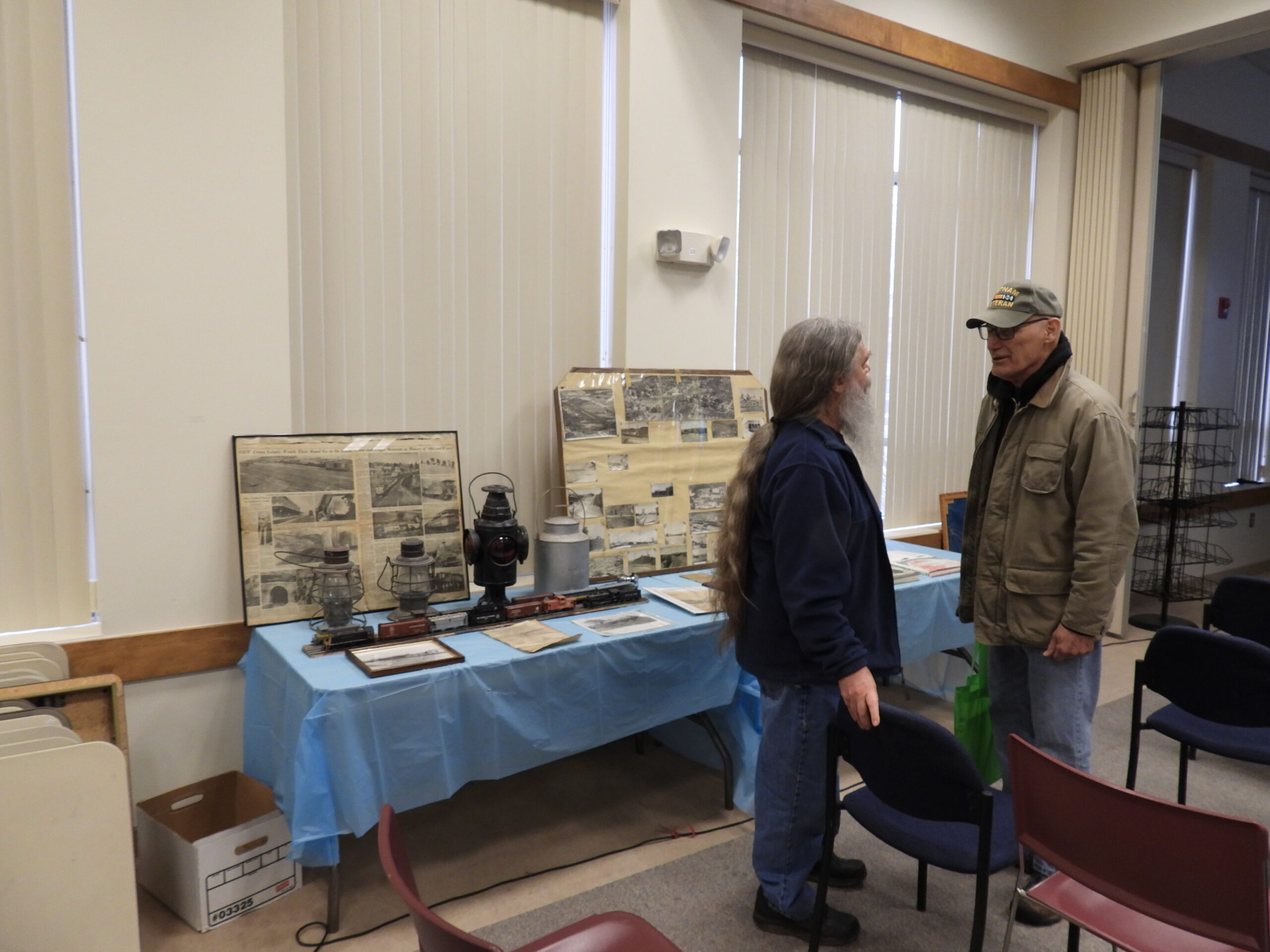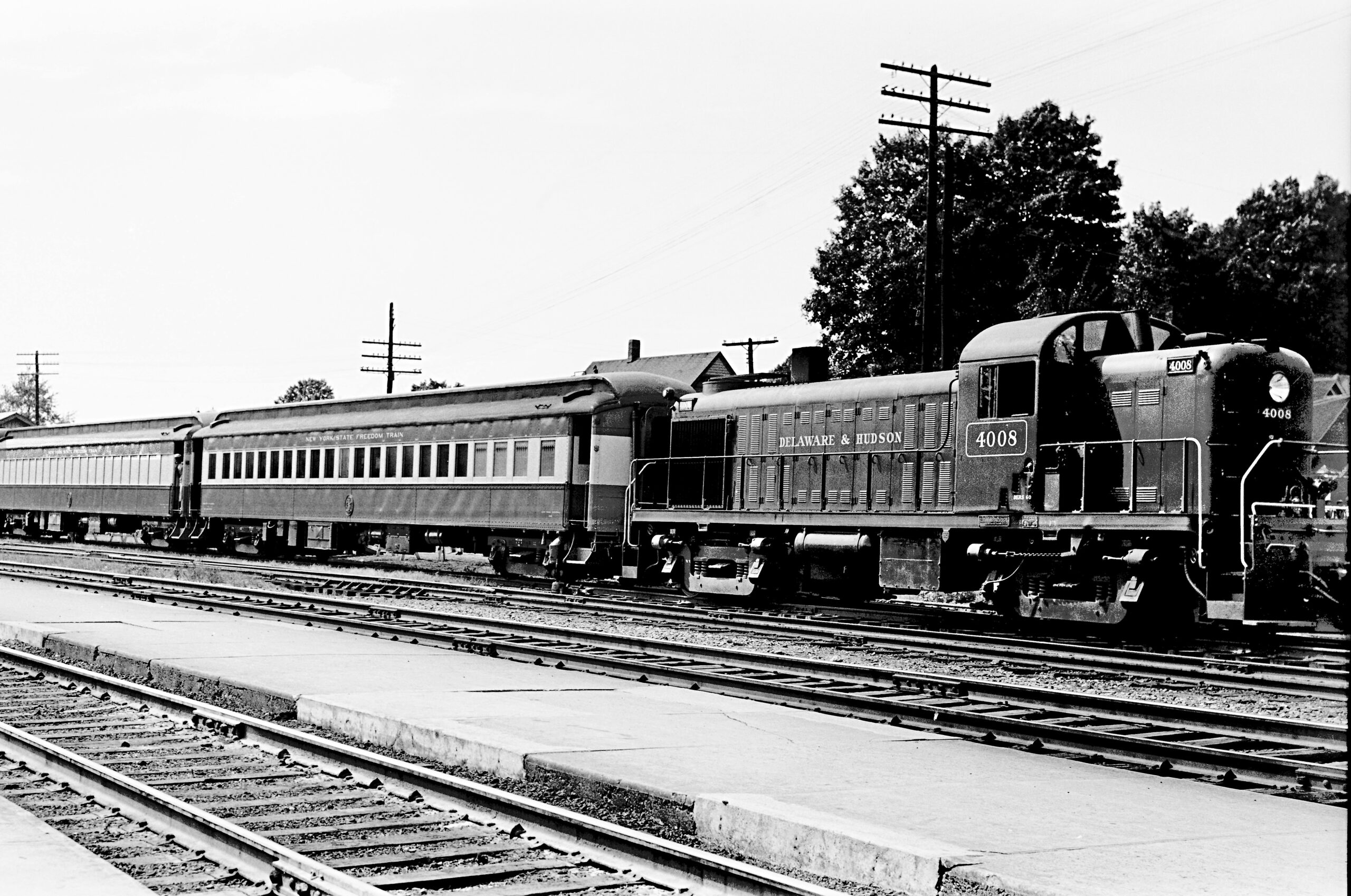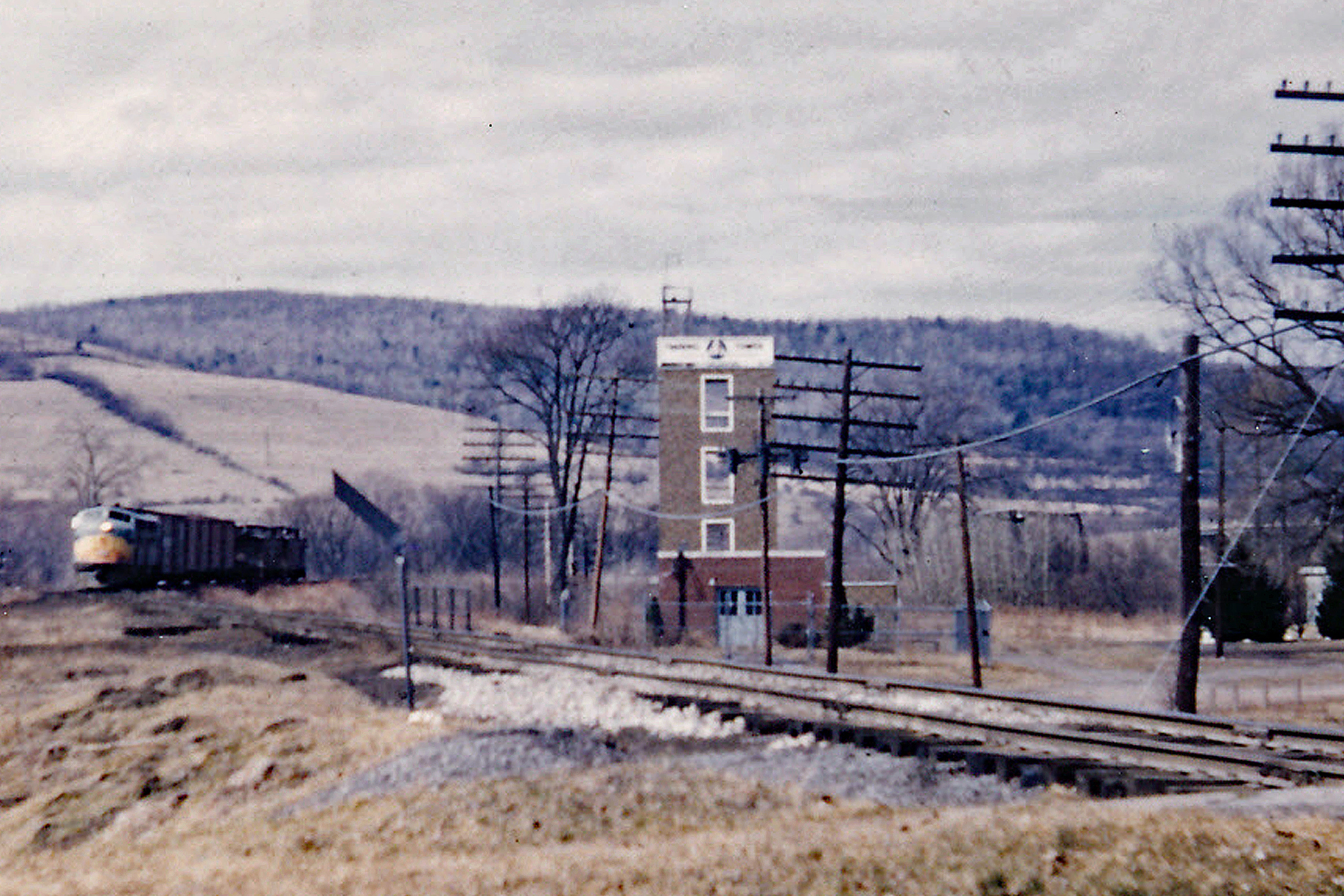Railroads in Sidney (2024)
A program by Jim Gale & Steve Arrandale showcasing the evolution of Sidney railroads, including a time-line on the progress, population growth, and prosperity in the Village of Sidney.
March 9, 2024
Locally
Railroads played an important role in the total transportation picture in the state during the war years. As the leading state in the nation in the total number of supply contracts, as well as the Port of New York being the point of departure for 25 percent of the country’s exports, railroads were an essential part of New York’s overall transportation effort. Between 1941 and 1945, New York’s railroads nearly doubled the annual amount of freight hauled compared to the prewar years, and more than doubled its passenger fares as well.
In 2024: Trucks carry 69% percent of the freight, followed by rail at 14%; cargo ships at 9%; and air at 3%.
In several areas in the state, including Sidney, railways allowed war workers in these areas to travel to and from work in a timely manner and for freight to be shipped out promptly and efficiently.
By 1943, buses were used to carry many workers from the surrounding area into the city. Railroad added passenger services from area communities along the line to the Seneca Ordnance Depot. Despite the attempts at mass transportation, the majority of workers in Geneva continued to use private automobiles for much of the war, greatly taxing existing supplies of gasoline and rubber.
Like most small communities in upstate New York, Sidney’s growth was first based on farming, timber harvesting, and farming-related industries. Improvements in transportation included the Susquehanna Turnpike, which connected Catskill to nearby Wattles Ferry (Unadilla) and stimulated development in Sidney. During the late 1800’s, the Ontario and Western Railroad brought commerce to the Village of Sidney. Improved transportation brought steady growth to the Town of Sidney.
The Transcontinental Railroad, which was completed on May 10, 1869, had a profound impact on the United States. The railroad’s construction was a mammoth undertaking, but its effects on the country were equally profound. Here are some of the ways that the first transcontinental railroad—and the many other transcontinental lines that followed it—changed America
- It made the Western U.S. more important
- It made commerce possible on a vast scale
- It facilitated international trade
- It centralized money
- It standardized time
- It helped create the modern corporation
- It created new industry
- It changed the environment
- It changed the way people thought about space and distance
- It changed the way people thought about time


